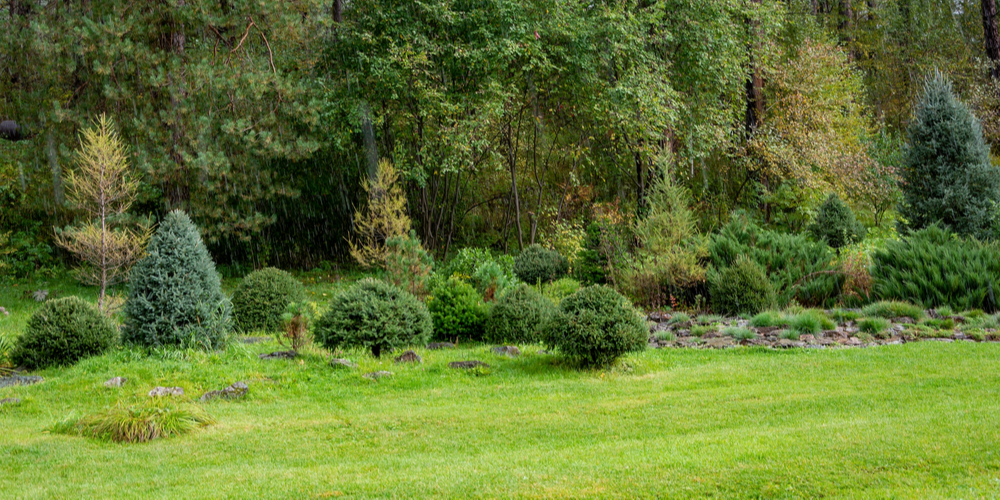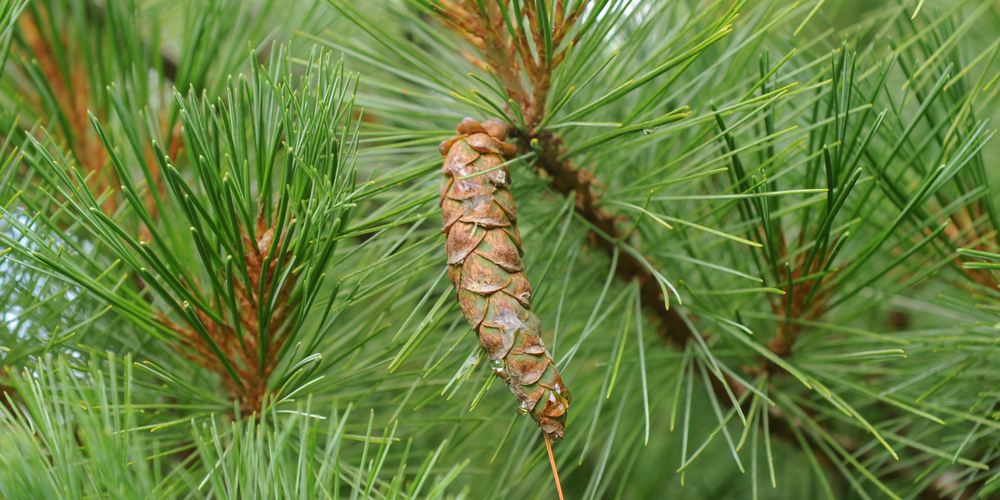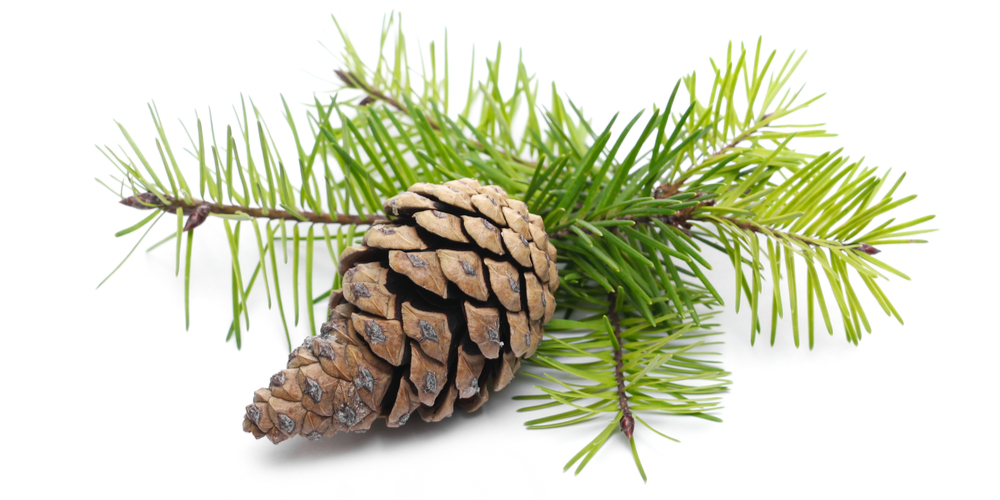Adding trees to your yard is an excellent choice to add beauty and create some shade in your garden. But growing a tree requires patience: these plants need time and attention before getting to the sizes we all dream of.
But the results will be worth the wait. And you don’t have to wait the same amount of time for every tree: of course, each species is different.
In particular, the stunning pine trees are native to the Northern Hemisphere and can add an elegant touch to any landscape.
Additionally, they are some of the oldest trees on Earth. But what if you want to plant one in your garden? How long does it take a pine tree to grow? You have landed in the right place to get answers to such questions!
Keep reading to find out what to expect when growing pine trees and what you can do to increase your chances of success.
Why Should You Plant A Pine Tree in Your Yard?

People looking for fast-growing trees to decorate their yards should consider pine trees: these plants are not the fastest-growing trees, but they are excellent options.
Despite being relatively easy to care for and stunning, these plants are also evergreen, meaning they will add beauty to your garden all year round without losing leaves (which is never a bad thing).
They also make for perfect screens to increase privacy on your property. Plus, they release an attractive and fresh scent that will make you feel inside a forest every time you spend time in your yard.
Fun fact: there are about 80 species of pine tree, 36 of which grow in North America. You may or may not know this, but the truth is that there are different types of pine trees, each with unique characteristics that make them suitable for various purposes.
For instance, some do best as hedge plants, while others work wonders are windbreakers.
How Long Does it Take For A Pine Tree to Grow?
But let’s address one of the main concerns most gardeners have when planting a tree in their yard: how fast will it grow? Different species of pine trees tend to grow at varying rates.
Of course, the care and growing conditions you provide your plants with might also affect how fast your plants will grow.
But on average, a pine tree would grow between one to two feet each year. Some species might grow faster, and others slower. For instance, Loblolly and Scotch pines are among the fastest-growing varieties.
Because of such characteristics, it is possible to categorize pine trees into three different varieties according to their growth rates: slow, medium, and fast-growing pines.
Slow-growing trees tend to live longer: the Bristlecone or the Pinus Aristata are slow growers and can live for centuries under the ideal conditions. Don’t forget that most pine trees only grow in USDA hardiness zones eight and lower. Unfortunately, if you live in a warmer region, you might not have the possibility to plant them in your yard.
Caring for Pine Trees
But how do you recreate the optimal conditions for pine trees to thrive in your garden?
To begin with, you should make sure the climate and soil conditions are ideal for growing these plants.
If you live in zone 9, you might find only a few species that will tolerate the extreme summer temperature. Also, keep in mind that these trees might grow tall: ensure you have enough space to accommodate their growth in your yard.
We recommend you choose a sunny location to plant your pine tree. These plants need plenty of sunlight during the day to grow strong. Also, don’t forget to mulch around the base of your tree to regulate the soil temperature and help maintain moisture.
Indeed, even if many pine trees tolerate drought, these plants prefer moist environments. If you live in a region where rain falls regularly, you might not have to add any extra water to your plants.
You may want to use fertilizer to boost these plants’ growth. Do it starting from the second year of life and ensure you follow the instructions you find on the product to avoid overdoing it. Also, for best results, choose slow-release fertilizers.
While most trees require some pruning, pine trees don’t. You might have to do some light pruning to control the tree’s size, but you should never heavily prune these plants. Instead, make sure you remove dead or unhealthy-looking branches to prevent the spread of diseases.
Related Article: Which Tree Species Grows Best With Full Sunlight

